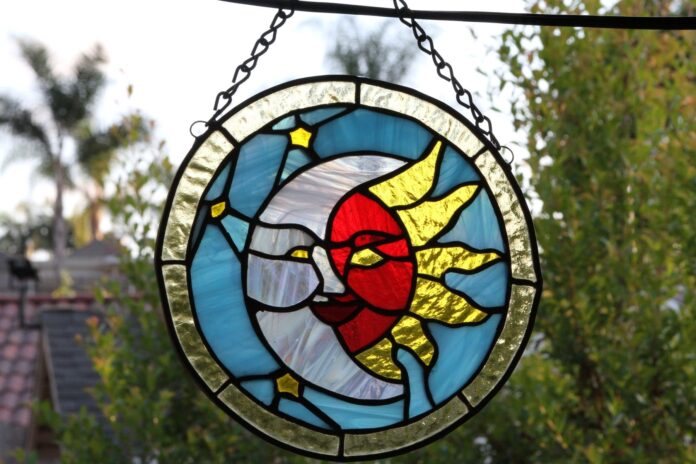Suncatchers are extraordinary decor items. An item from colored glass will brighten up the home, as well as your mood. The range of colorful designs on glassartstories.com is stunning, but it is also possible to make one yourself!
For this guide, we have prepared a suncatcher with feathers. All the steps and tips apply to any other design. Follow the instructions below to create a one-of-a-kind suncatcher.
Materials & Tools
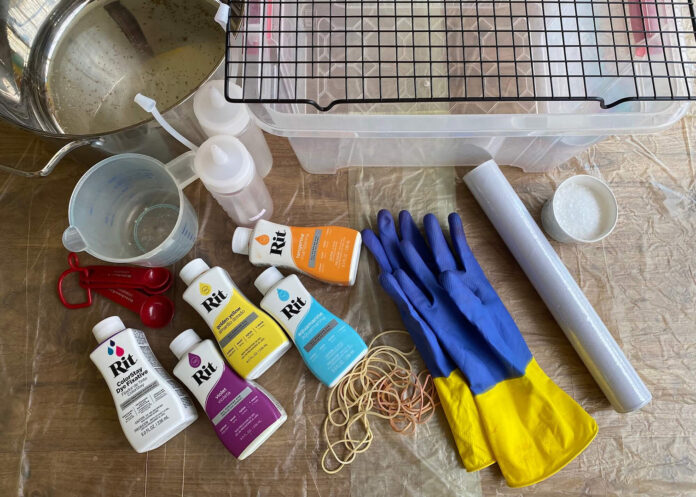
Make sure you have all the necessary supplies and equipment on hand. We have broken them down into three categories:
1. Basic stationery and supplies
- Ruler
- Cardboard
- Pushpins
- Scissors
- Sharpie
- Paintbrush
- Paper towels
2. Special materials
- Colored glass and transparent one (depending on the desired pattern)
- Foil made of copper
- Wire of the same material
- Solder
- Wire made of decorative steel
3. Equipment for colored-glass DIY
- Special oil for the process of cutting & sponge for applying it
- Scorer/cutter
- Pliers
- Fid
- Grinder & coolant
- Protective glasses
- Manila file folders
- Safety flux
- Cleaner
Step 1. Choosing a Pattern & Colors
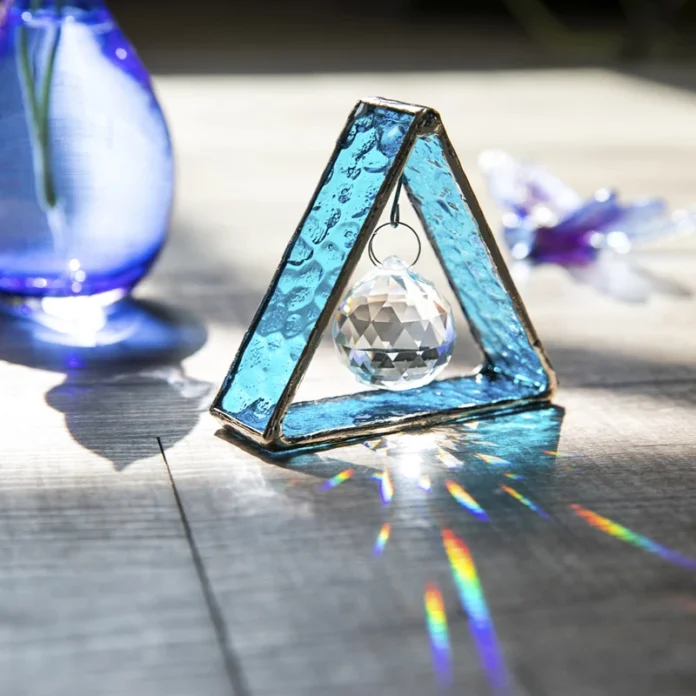
Suncatchers come in a wide selection of shapes and sizes. Our option is 9 inches in diameter. Each of the feathers is around five and a half inches tall.
The first option is making a drawing yourself. Scan it and upload it to a PC, and by using the function of the smart line from MS Word, trace it out. Clipart images are also perfectly suitable.
We recommend printing out the design twice and labeling both of these copies. In such a way, it will be possible to check the dimensions of each glass piece after cutting it out.
Some designs use all colors of the rainbow, others may include a few related shades. We will be using different shades of blue for the feathers and the frame around the suncatchers.
Step 2. Cutting Glass
Lay out the designs you have printed on the glass and draw them around. If you want to achieve a perfect shape, leave some space (1/4″ is the max) around every piece, afterward, grind it.
Your glass cutter should be sharp enough for the task and properly oiled. To release a shape, tap on the crack that is along with the score. Do not press too hard with your cutter — consistent moderate pressure works wonders.
The method of utilizing a score and tap ensures precision. Tap the ball, which is located at the cutter’s end. Start with one side and then proceed to another one and continue in the same manner. Gradually, as you tap, each piece will become free. Label them all and mark any sides that must be ground.
Step 3. Grinding Individual Pieces
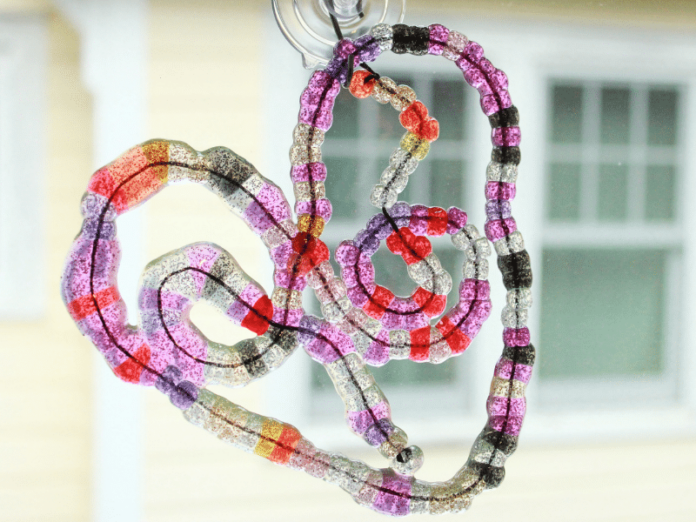
If you have left a little extra glass in step 4, now is the time to get rid of it. Fill the sump of your grinder with water. Remove the sponge, add a bit of coolant for a grinder wheel and place it back.
Before grinding, turn the machine on and keep it operating until its head is entirely submerged. To prevent the possible spraying of the glass everywhere, around the cutter, a special guard should be installed — for example, manila folders. Remember to use your protective glasses, too!
Grinding takes time and patience. Remove thin layers gradually to receive the shape you want. Support the glass using both of your hands and consistently pressurize the grinding head. Be extremely careful and work gently, or you may break the glass.
The mixture of water and grinding coolant will wash off some lines, so have a sharpie ready and redraw them. Keep your cut pattern pieces on hand to check. After working with each glass piece, lay it over the printed design to ensure a perfect fit.
Step 4. Wrapping in the Foil Made of Copper
Wash the pieces with the help of a special cleaner. It is possible to utilize various types of tape of copper foil for wrapping — with a black back and with a copper line. The former creates the effect of the threads’ penetrating the glass. Utilize the second type to finalize your work.
You need to achieve an uninterrupted foil edge around each glass piece. Start from the edge that will be touching another piece. Press the sides making sure that the corners stick to each other. Fold over the corners and use a stained-glass fid to smoothen all edges. Cut away any excess foil.
Step 5. Soldering
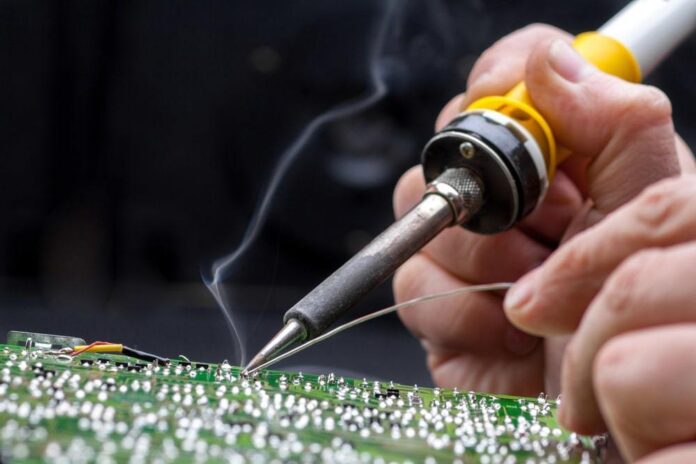
Lay out the printed design on cardboard and hold pieces together by utilizing push pins. Apply flux to the foil generously with the help of a brush. It will help you get rid of particles of the dust and oxides that may appear on the copper because it has been exposed to air. This step will make soldering easier.
First, tack solder all intersections. Move from the inside out and reapply flux if necessary. Then, tin the piece. Spread leftover solder over the copper foil thoroughly until everything is silver. Continue fluxing if there is such a necessity.
Solder the two sides of your creation. If you want the tinned look, go straight to tinning the back. Otherwise, create a thicker layer of solder along the way.
Step 6. Wiring
You could connect feathers to the suncatchers with a single loop of copper wire. The principal hanger requires a few loops. Making them is easy — just wrap your wire around a pencil and cut them out. Then, flux the wire and tin each loop with solder while holding it with pliers. This is an optional step for reinforcement.
Flux and solder all loops in the desired locations. Test fit the steel wire in. If you want to cover it with patina afterward, do not attach the feathers permanently yet.
Step 7. (Optional) Patina Application
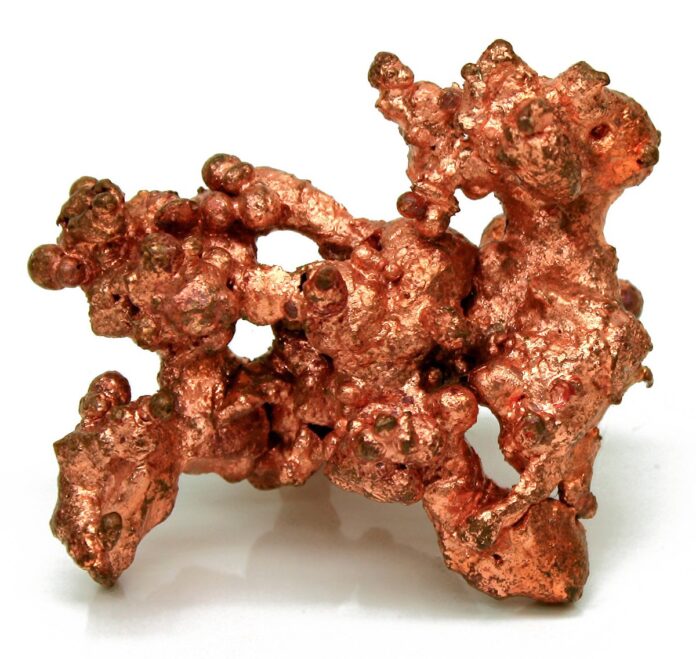
Darkening the threads inside the suncatchers will make them more outstanding. Use a paper towel for the careful application of the patina. It will oxidize and blacken the solder. Note that patina is acidic, so you should work in gloves. After application, dampen the areas with the help of a wet towel. Finish by washing and windexing the piece.
Step 8. Final Assembly
Now, your suncatcher is almost ready to glow! Assemble it carefully, making sure all the feathers are attached reliably. On the top of it, add a wire. Hang your work in a window on the sunny side and watch it turn sun rays into beams of colors!

